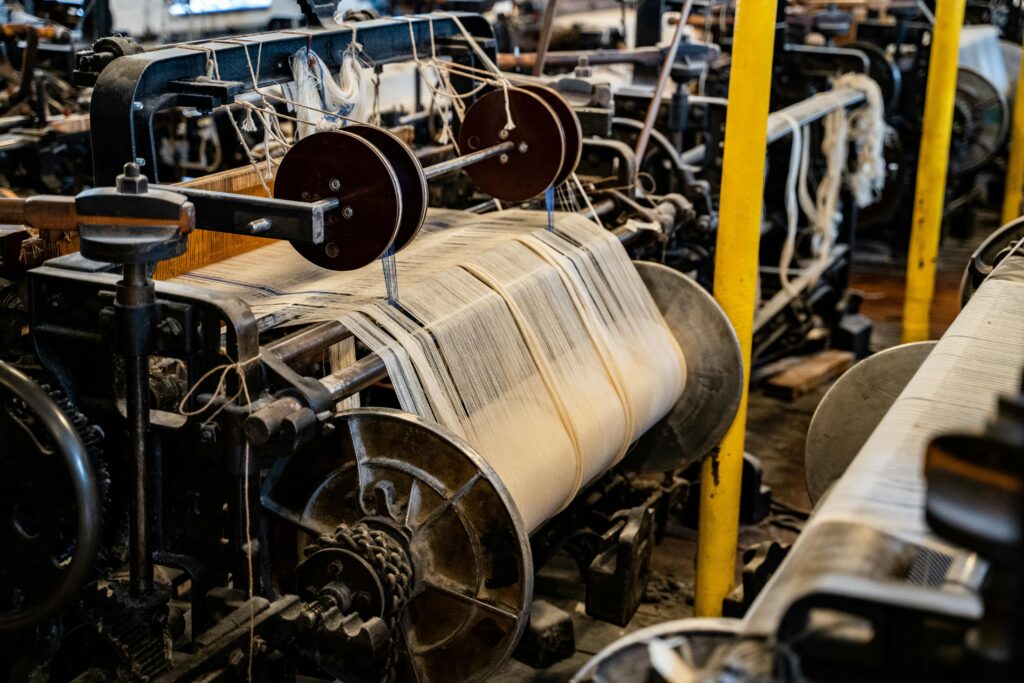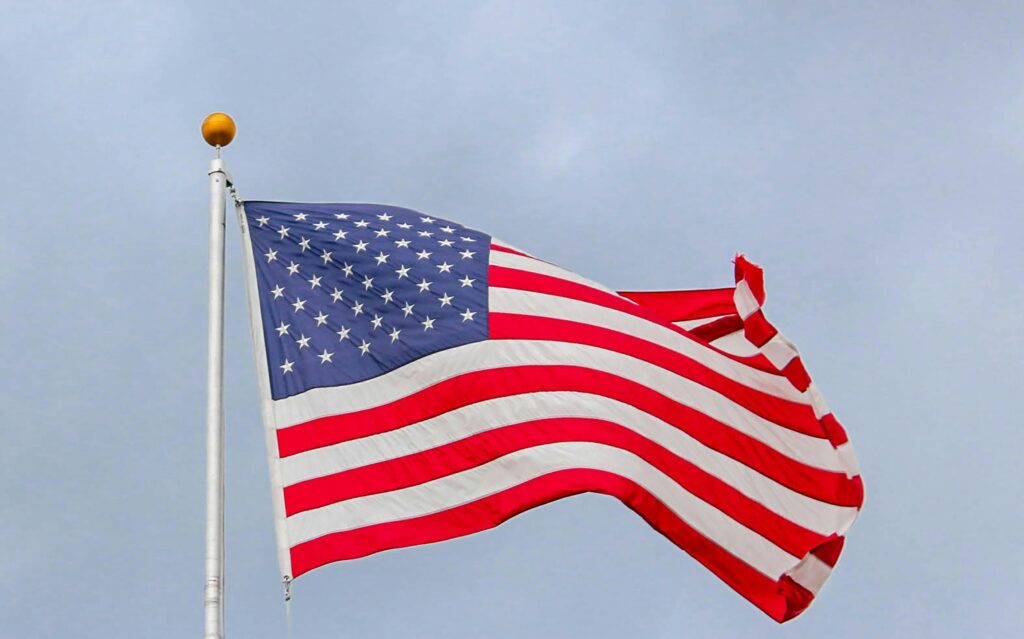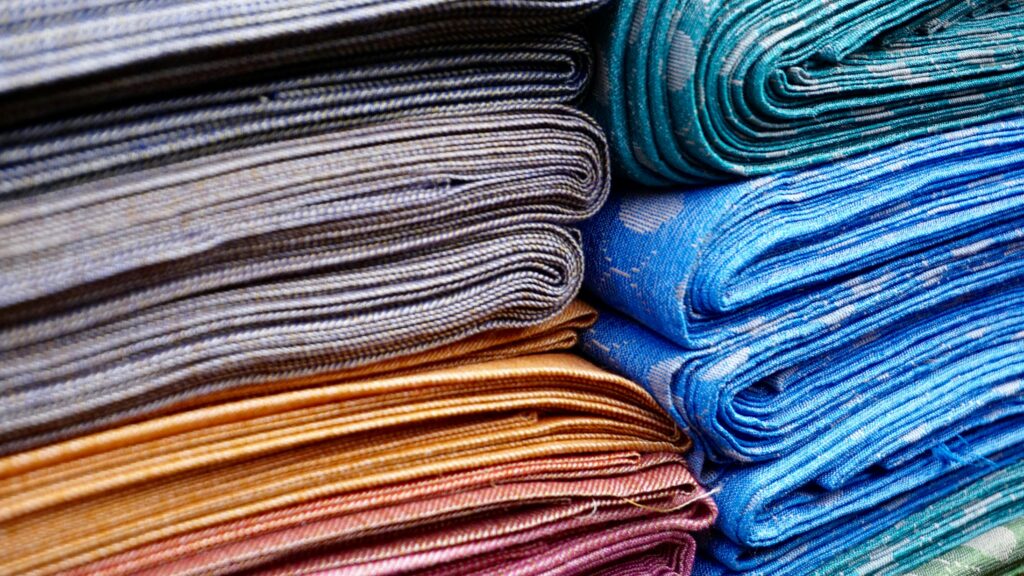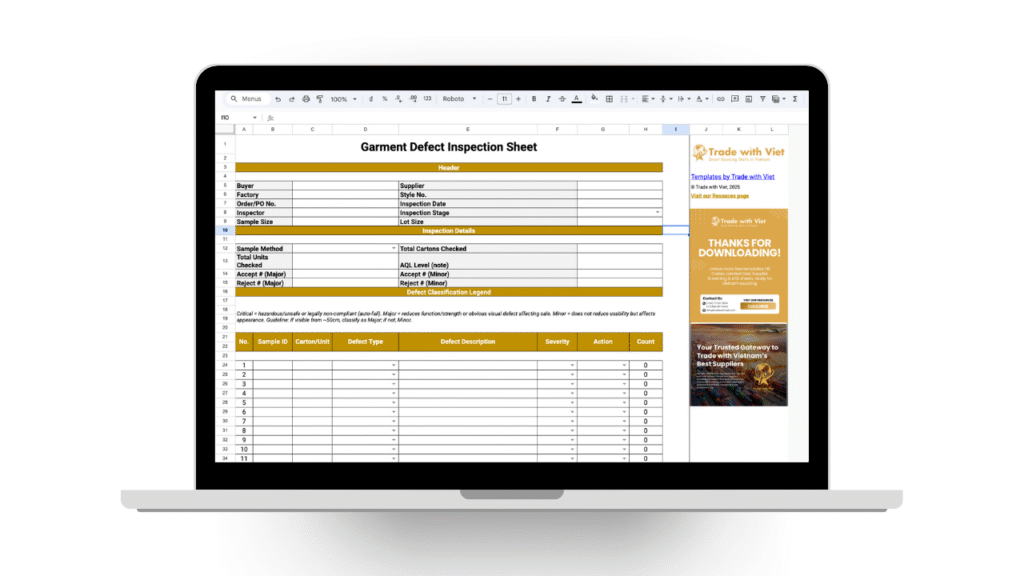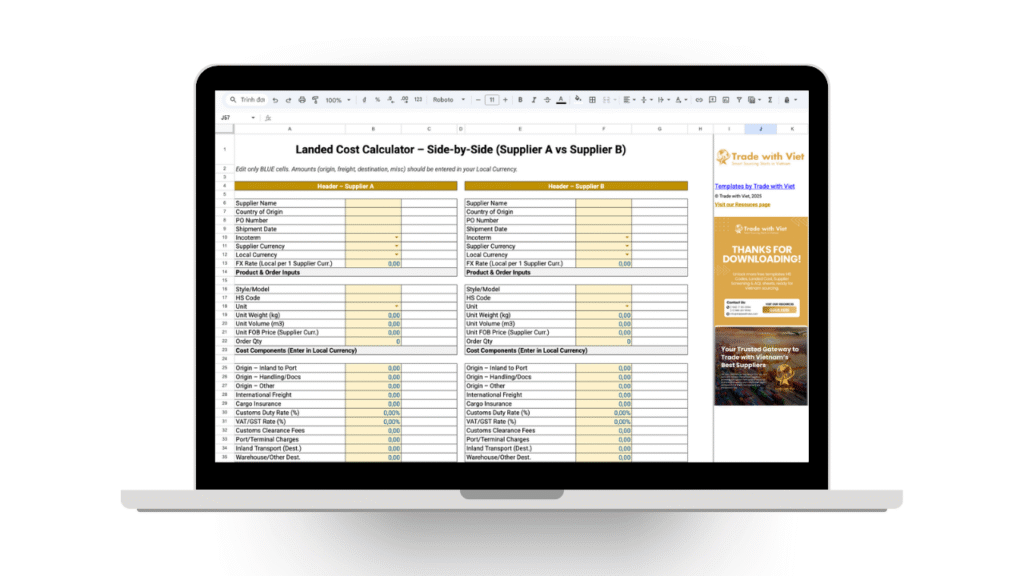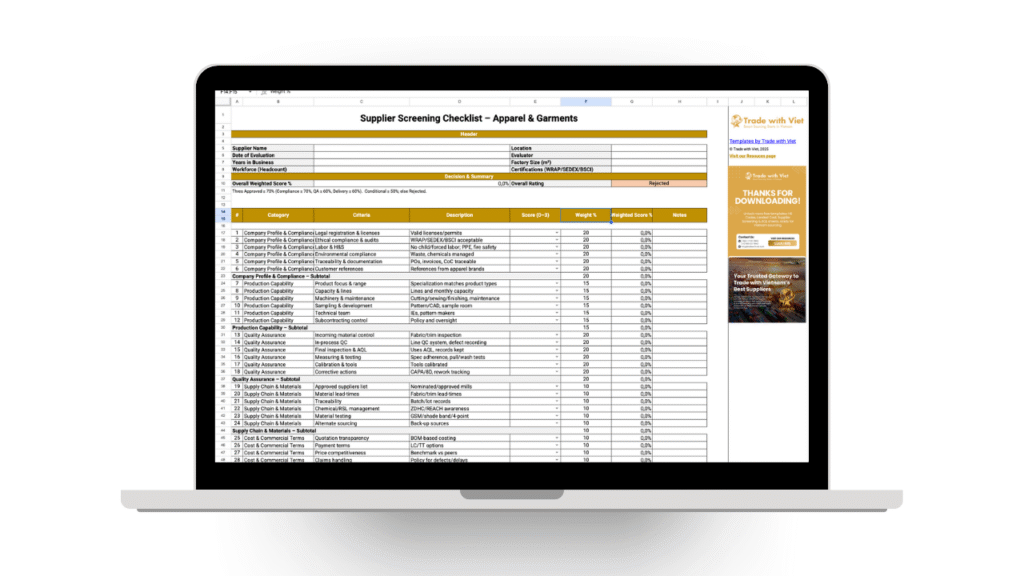$10.2B
Projected Ethical Fashion Market by 2027
8.9%
Compound Annual Growth Rate (CAGR)
75%
Consumers willing to pay more for sustainable goods
Spectrum of Compliance
Market Influence of Key Standards
Who Requires What? A Regional Breakdown
🇺🇸 Americas / US Focus
- WRAP: Ensures lawful, humane, and ethical manufacturing.
🇪🇺 European Focus
- amfori BSCI: Improves working conditions in global supply chains.
- GOTS: Leading standard for organic fibers from harvest to label.
🌍 Global / Broad Recognition
- SA8000: Social certification built on human rights norms.
- OEKO-TEX: Tests textiles for harmful substances.
- Bluesign®: Sustainable textile production from the start.
- Fair Trade: Fair prices & community development.
- GRS / RCS: Verifies & tracks recycled content.
- Higg Index: Measures value-chain sustainability.
- ISO 9001: Global quality management standard.
✨ AI Deep Dive: Certification Explainer
Select a certification to get a concise, practical breakdown.
Your detailed explanation will appear here…
Practical Insights for Suppliers
Buyer Requirements are Priority #1
The most important certification is the one your buyer requires. Confirm mandates before investing in an audit.
Budget for Time & Ongoing Costs
Expect audit fees, corrective actions, and annual renewals. Typical total timeline: 3–6 months.
Documentation is Non-Negotiable
Maintain payroll, hours, safety drills, chemical inventories, and training logs — all organized and accessible.
Traceability is Key
Standards like GOTS/GRS require upstream traceability. Collaborate across your full supply chain.
Data Sources
Ethical Fashion Market: Allied Market Research.
Consumer Sustainability: NielsenIQ.
